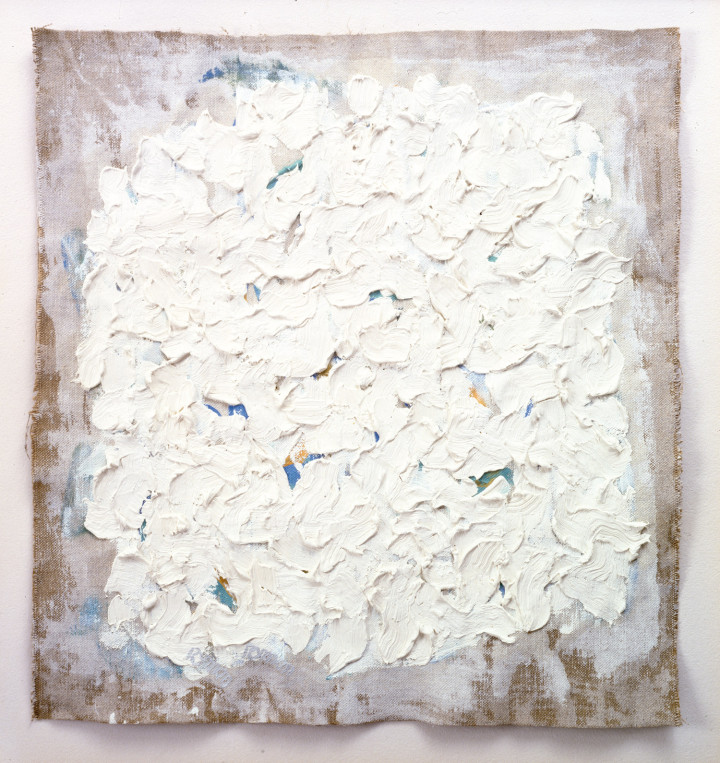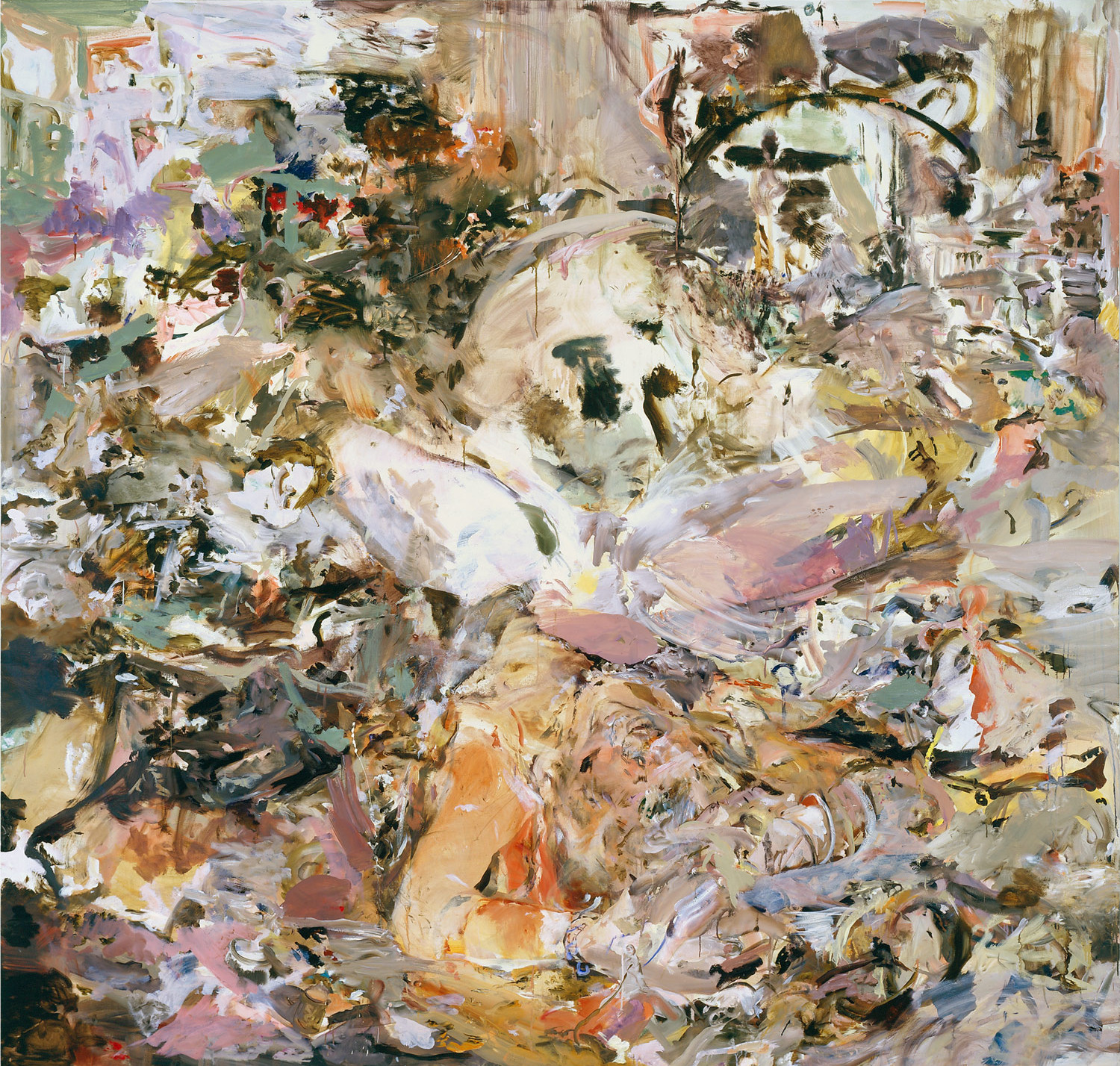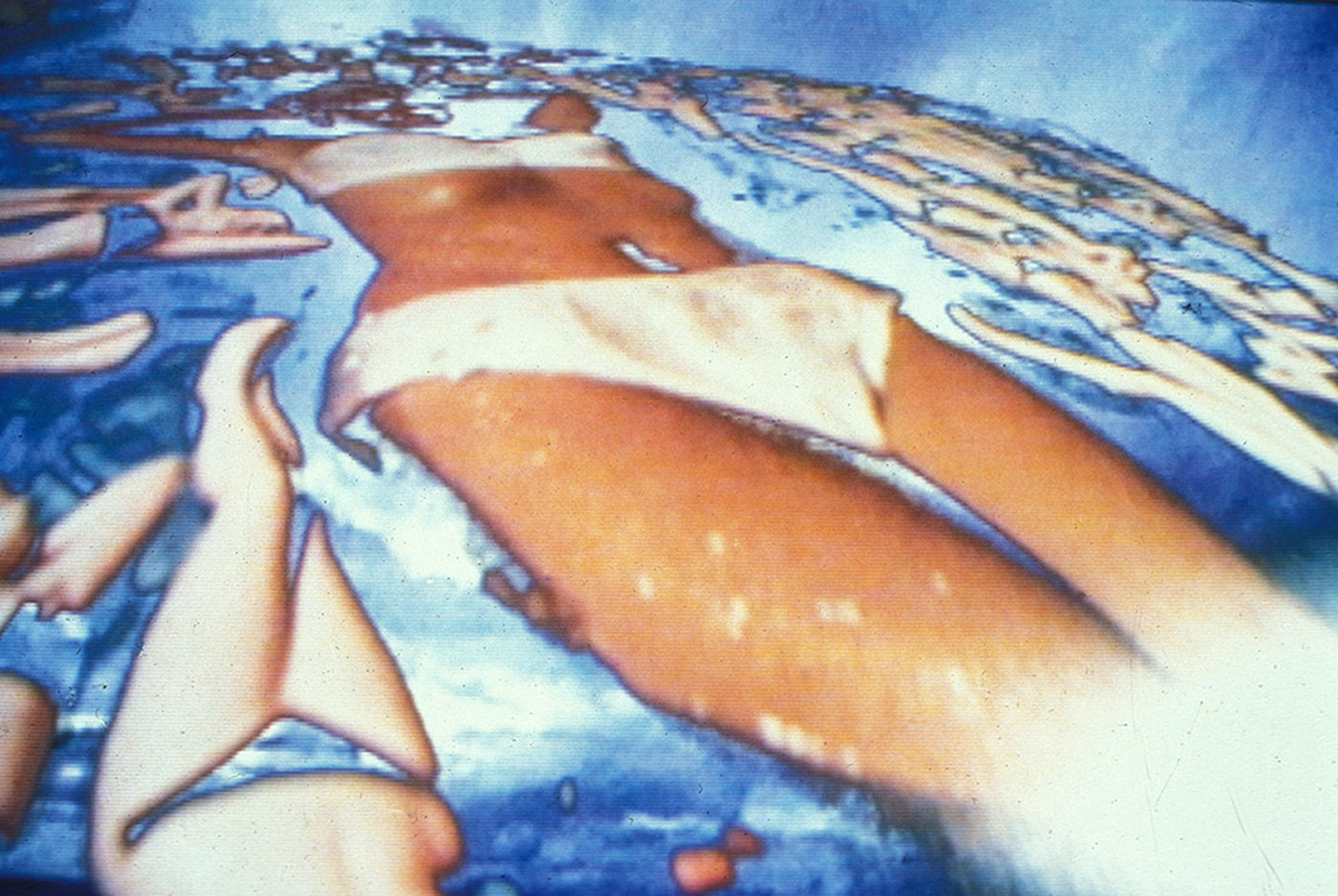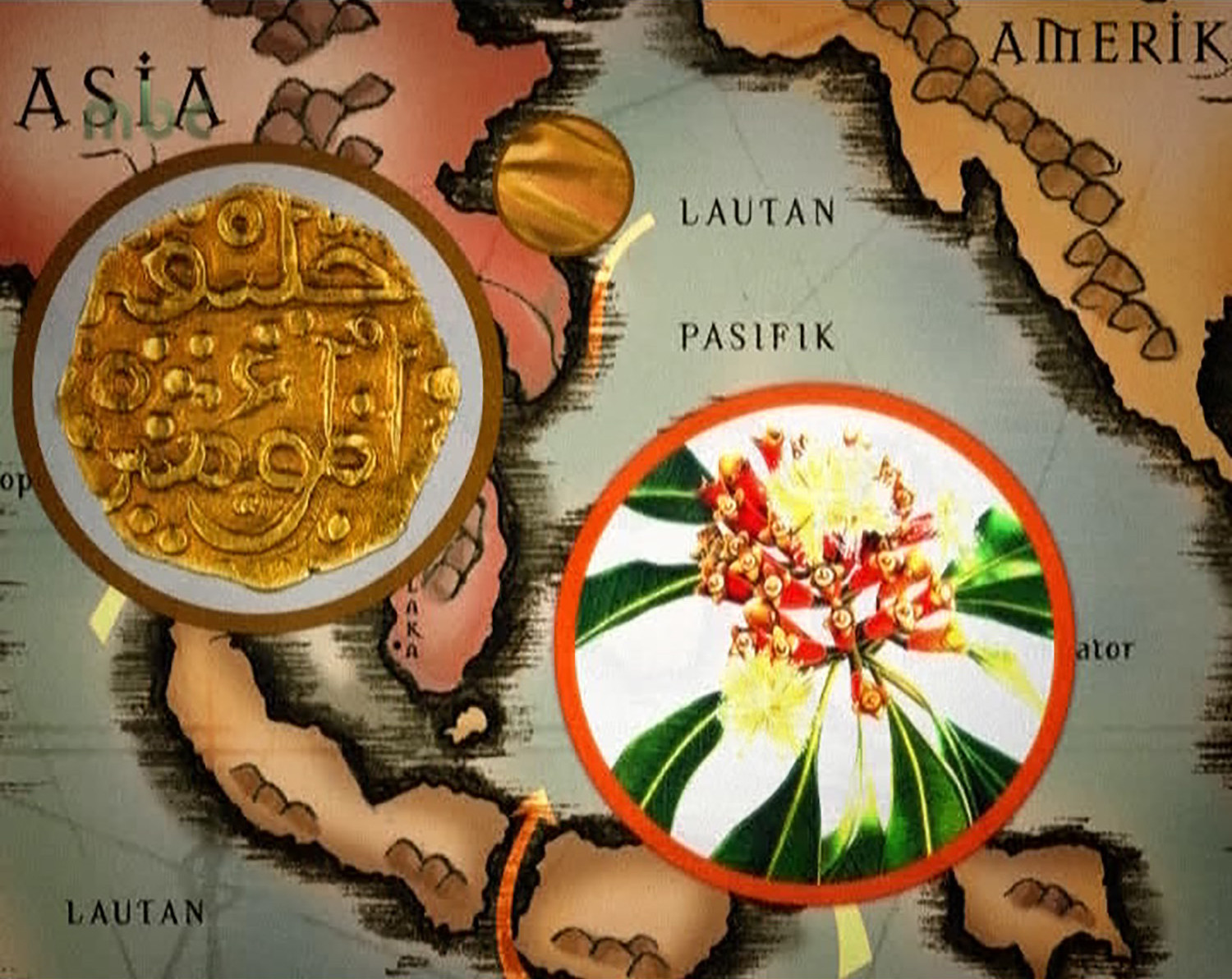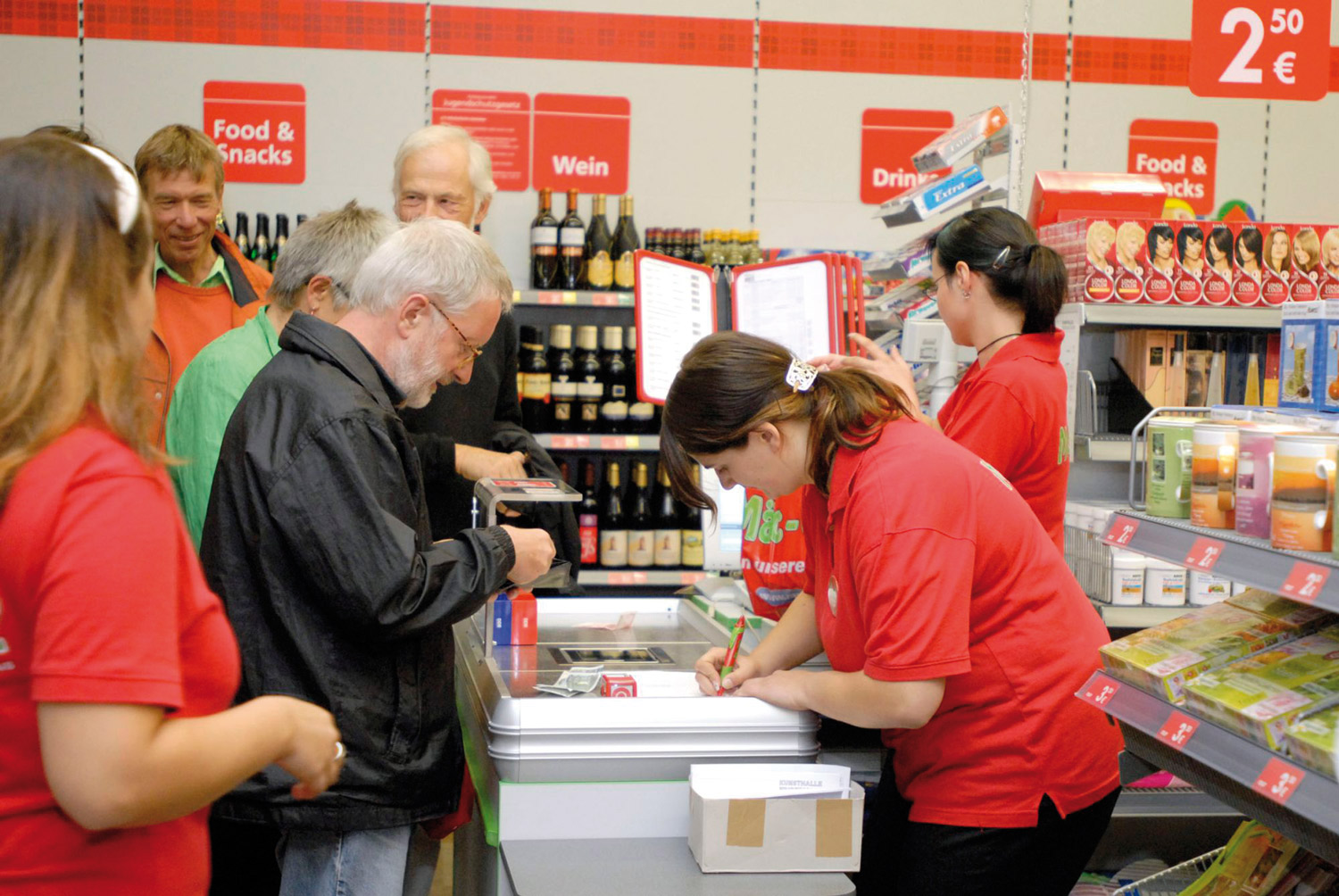
In 1953, Robert Ryman, recently having moved to New York City from his native Tennessee to pursue a career as a jazz musician, decided to make a painting. As he recalls: “There was a little art-supply store on the corner [at 60th Street and Lexington Avenue, near Ryman’s apartment across from Bloomingdale’s department store on Manhattan’s Upper East Side]. I went there and bought a couple of canvasboards and some oil paint — they didn’t have acrylic paint at the time — and some brushes, and I thought I would try and see what would happen. I wanted to see what the paint would do, how the brushes would work. That was the first step. I just played around. I had nothing really in mind to paint. I was just finding out how the paint worked, colors, thick and thin, the brushes, surfaces.”1 Following this unceremonious excursion, Ryman completed a number of works including, most immediately, Untitled (1953), a small oil on canvasboard with an eddy of colors, primarily a mix of red and blue paint on a jarring greenish ground. With paint demonstrably pulled, spread, pushed and coaxed along the murky surface, often in elongated strokes, it shows his reckoning with pressure, direction and viscosity.
I bring up Ryman’s first painting neither to sanctify its genesis nor rarify its result, but to make two very simple points regarding an artist who has, for the last fifty years, been known for producing scores of white squares: first and most obviously, his early paintings were not white.
There are isolated instances of largely white fields by 1959, though many works admit vivid grounds of turquoise, teal, pink, red and gold for years to come. In fact, Ryman’s palette ran the gamut from saturated color, where primaries, browns, greens and oranges are ubiquitous, to dim pastels. By the late ’50s, however, Ryman was focusing more on the texture of paint and less on its color, so he reduced his palette accordingly.
Ryman’s Sisyphean act of eradicating distraction proved a boon: color relations survive in Ryman’s different white paints. As Phyllis Tuchman summarizes, these proliferating whites allow for the heightened visibility of other material and perceptual elements and “can be hot or cold, light or dark. [The white paint] can exist as oil, acrylic, casein, enamel, or pastel, among many other mediums, and can be applied in all sorts of ways and with a variety of implements.”2 There is also the color of the support — the gray of steel, the buttery brown of aged paper, or the chalky white of bleached cotton — that must be considered together with the paint.
Secondly, it is worth mentioning that, from the first, Ryman shunned representation. He was not interested in composing a picture but in clarifying process — what he would later name the “how” as opposed to the “what” of painting.3 Ryman’s paintings have never used paint for depiction. Unlike so many of his peers, he never passed through a landscape phase, tried for the human figure, or abstracted from objects, perhaps a result of his self-education, which came primarily from looking at artwork while employed as a guard at the Museum of Modern Art, New York, from 1953 to 1960.
In the tradition of Kasimir Malevich and Piet Mondrian, Ryman calls his paintings “realist,” for they open onto and often explicitly annex the light, space and walls of the galleries in which they are sited as part of their compositions. This means, for instance, that a shadow cast by a deeply projecting stretcher is as much a part of the work as the painted field on the support that produces it, or that the wall plane can be incorporated by virtue of a waxed paper frame as in the case of Surface Veil (1970). Or it can be appropriated by means of direct paint application, as in Essex (1968) and the recent Philadelphia Prototype (2002). Similarly, lines do not instantiate edges but are produced by the intersection of meeting physical planes, witnessed by works like Pace (1984) and Pair Navigation (1984), where they are the brute boundaries of material objects (a redwood stripe in the former and a steel strip in the latter).

Unsurprisingly given its perfect narrative arc, Ryman’s origin story as an autodidact — a saxophonist gone painter in the modernist museum — has been retold frequently, usually in a way that emphasizes precocity. In 2005, his friend Jan Dibbets exclaimed that when he first met Ryman, he was “amazed that someone who had once been a passionate musician had, completely of his own accord, with no intermediary steps, discovered this art of painting. And that right from the beginning, with his very first attempts, he had produced paintings that were all unmistakably ‘Rymans.’”4 So what, then, is a “Ryman”? A painting as embodied thinking, which is to say, a painting about painting.
Indeed, for the last fifty years, Ryman has painted paintings characterized by an engagement with materials as options to be tested and reworked against their results — their fineness, complementarity, viability with other chosen implements, and so on. Controlling the experiment each time he makes a painting, he excises variables to allow for subtle modulations and shifts of emphasis — as given, for instance, by the choice of matte or glossy paint, a flat or rounded brush, a canvas or a linen support of differing weight, grain, tooth and absorbency — and fosters innovations from work to work within an overarching series or even across the zones of a single painting.
His is a practice marked by a careful, even methodical, working over of the conventions of painting in their most radically reduced (white paint and a support structure) — and paradoxically expanded — possibilities. In this, Ryman proposes that work need not be motivated by a dissatisfaction with tradition but can instead be inspired by the inclination to see how forms might retain relevance in new circumstances, and sees as evidence of this his own ability to effect limitless variations with a minimum of tools. Derived from a series of encounters through which actions unfold out of and against discrete options and concerns, Ryman’s painting is both the byproduct and demonstration of an experiment that commenced with his wanting to see “how the paint worked.”5
For the first decade of his career, Ryman utilized traditional media including casein and oil, the latter often applied in meaty strokes, sometimes on buckling, unstretched canvases that might strike one as looking like lovingly salvaged scraps. As if in counterpoint to the looseness of these small paintings, Ryman also completed a number of drawings that feature the grid. As well, there are his Stretched Drawings (c. 1963), drawings-cum-paintings. After drawing a charcoal grid on a stretched cotton canvas, Ryman unstretched and re-stretched it to see how this newly wrought tension would transform the assumedly rigid lattice. Although these works were integrally related, Ryman’s first explicit series was the Winsor Group (1965-66), but they were still produced one at a time. No two were alike despite, and in fact because of, their shared process that involved pulling paint across the surface in tidy rows, one below the next, until the bottom of the stroke and the edge of the canvas met; even when the process remained utterly consistent, the effects did not.
By the late ’60s, Ryman was painting in clusters that insisted upon the almost ineffable but no less real differences between the units of which they were comprised. “The Standards” (1967), for instance, were painted on steel, which at the time of their debut — Ryman’s first one-man exhibition in April 1967 at the Paul Bianchini Gallery, New York — mostly signified a dearth of labor (he used steel as a support after all) and a glut of duplication (the thirteen paintings were only imperceptibly different, or different if looked at long or hard enough to really see the modulations of loose horizontal strokes). But in short order, these same paintings would seem to be less minimalist than lushly aesthetic. About seeing them Klaus Kertess writes: “Direct, deceivingly effortless, and, finally, pleasurable, there ensued a sensuous enlightenment that might have bespoken Ryman’s sitting in Matisse’s armchair.”6
Likewise, beginning with “The Standards,” Ryman had experimented with non-traditional supports in an effort to get the image as close to the wall as possible — even painting directly on it. From this decision others followed, the common characteristic being that the wall plane would become instrumental to the forms the paintings assumed. In 1976, Ryman began to use various fasteners to secure works to the wall. By making visible his paintings’ method of hanging and by moving it to the front of the support, Ryman proposed a new form of transparency that made radically plain the fact that paintings rely on walls and are understood as paintings through this interchange. Moving from masking tape to oxide fasteners or steel bolts made this interdependence more direct. It also made it more stable than, for example, the use of tape, since these physically inextricable fasteners would survive innumerable installations.

An additional, cannier benefit of the protruding fasteners was that they disenfranchise particular kinds of installation practices, warding off restriction within plexiglas boxes or beneath glass. These works come preframed, as it were, and they make other frames impracticably cumbersome and nearly impossible to envisage. Because they lie on or project from the pictorial surface to which they are fixed, the fasteners are likewise compositional elements that often provide a shock of color to an otherwise ‘blank’ painting. In a sort of hardware fetishism, fasteners range from black-oxide steel plates to cadmium bolts, and these bits and pieces — whether nudged into and onto the painting or withdrawn to its physical edges — manage the gap between painting and environment and redraw this spatial transition as a compositional effect.
More recently, Ryman has returned to the possibilities implied by another early work, Untitled (Orange Painting) (1955 and 1959), a canvas square with impasto sweeps of reds, dark yellows and many oranges above black and dark bottle green that, like most of his paintings, wrap around to the edges. Contrary to what Ryman’s subsequent use of white would suggest, in 1992, he maintained: “I’ve always thought that if I ever wanted to paint a white painting it would be in the order of the way this painting was done, because this is definitely an orange painting but there are many nuances and many oranges (and black and green). And if I were doing a white painting I would approach it the same way, and there would be whites and warm-whites and cold areas and then you would have a white painting. As it is, the way I use white it’s more as a neutral paint, in order to make other things in the painting visible, color for instance.”7 But the question became: was this recent experiment in painting “white paintings” really very different from those preceding it?
Ryman’s ingenuousness about the unforeseen difficulties of his process is hard to ignore. As Carter Ratcliff wrote some decades ago, Ryman’s “surfaces show themselves being decided upon as they appear, deciding to occupy vision in one way and not another; and taking into consideration nothing but the nature of paint, brush, surface and the act of painting. This is an emphasis on gestural texture, and sometimes it changes partway through a painting: the surface will cohere by achieving a new texture, just as the first is somehow getting beyond the painter’s reach.”8 One might conclude that this pragmatic painting is related to his being an autodidact, although Ryman’s candor has outlived his early education — unless we take the whole of his production to be reducible to it. This is not to trivialize, but to insist on the hesitancy with which he has continued to approach each act, knowing how nearly impossible it is to do something well enough to make it look easy.

